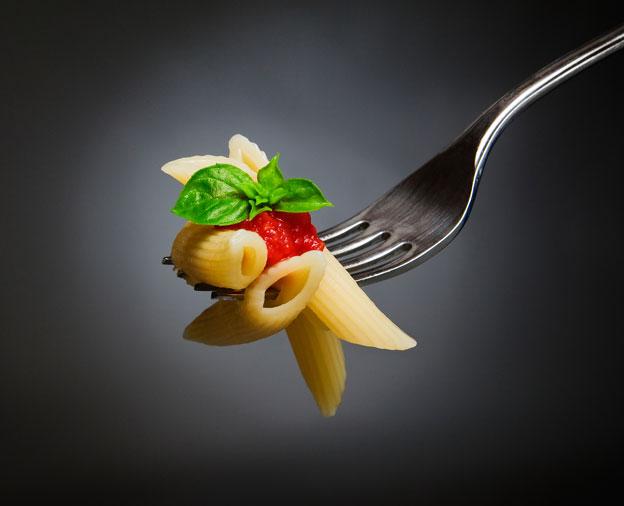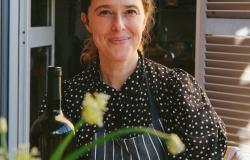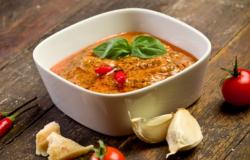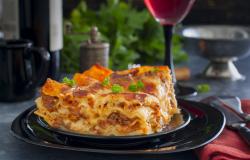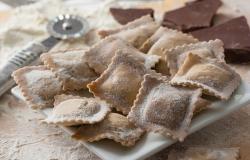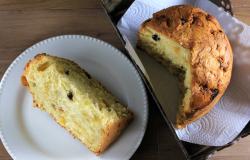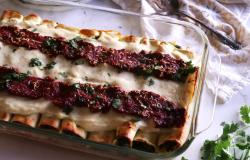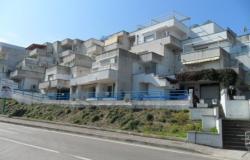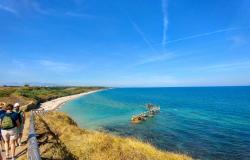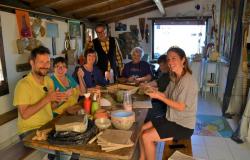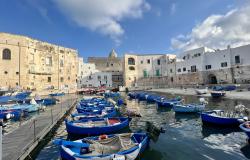From the staple of student cuisine to the tables of the Vatican, in bakes and Bolognese; even collages made at nursery school, can there be a more versatile foodstuff than pasta? There is no other country that has a product that is so internationally identified with it, like Italy, just the mention of its name conjures thoughts of spaghetti. It would be safe to say that the Italians love their famous product, with the average annual consumption of pasta per person in Italy being 25kg – 450g per head, per week.
Outside Italy people perceive dried pasta to be inferior to freshly made, however, Italians treat them both as two completely different products, both being appropriate for certain dishes. There is a myriad of shapes and sizes of pasta, each made for particular dishes, for seafood there is linguine, stelline for soups, fusilli and penne is reserved for ragú; and it’s worth mentioning that in Bologna, tagliatelle is always served with a Ragù alla Bolognese, never spaghetti.
It was first thought that Marco Polo brought pasta back from China in the thirteenth century; however, although it’s now widely acknowledged that the Chinese were the first to use similar dough to perfect the art of noodle making, evidence shows that pasta is indeed of solely Italian origin. Frescoes on Etruscan tombs show people mixing water and flour into a paste, and Arab geographer, Idrisi recorded in the 12th century that he had witnessed Sicilian semolina and water made into strands; there are also references to macaroni dating back to the 13th century.
Situated on the outskirts of the Majella National Park, in Abruzzo, is the town of Fara San Martino. The town is known as ‘La casa della Pasta” (The Home of Pasta). Despite its produce attaining worldwide fame, the region, east of Rome, remains largely undiscovered. Abruzzo’s Adriatic coast attracts visitors to its seaside resorts; however, venture further inland and it can feel like stepping back in time. Shepherds still herd their flocks along ancient sheep tracks and many of the regions farming inhabitants have yet to venture over the Apennine Mountains to visit the country’s capital. In fact, so pastoral are some parts that the sight of tourists can still cause a stir in some of the smaller villages.

Fara San Martino is situated at the opening of the Santo Spirito valley, next to the river Verde. Here you find a major separation of two cliffs. Legend tells of Saint Martin opening up the rock with his bare hands. The town is surrounded by caves and the handful of beautiful grottos is a delight for the hikers that venture there.
Ask anyone what makes the pasta made in Fara San Martino so special and they’ll tell it’s because it’s made with crisp, clean water from the mountain springs. Water from the Verde River, which feeds the springs, has excellent organoleptic characteristics, this coupled with the ventilated climate, ideal for pasta drying: make the two ingredients no other pasta manufacturer can purchase. It is these naturally provided ingredients that many believe makes Fara San Martino’s pasta unique.
Prior to Italy’s unification Don Nicola De Cecco was producing flour, just as it has been produced for generations at his small stone mill in the town. His son Filippo inherited this knowledge and, in 1886, began making pasta with the flour he milled. As pasta is always best when sun dried, Filippo designed a low temperature drying device enabling the pasta to be dried regardless of weather conditions. One Hundred and twenty-six years later, still using traditional methods of production with high-gluten semolina, the De Cecco trademark is internationally recognised as high quality pasta.
Next to the factory is a picnic area beside a waterfall, De Cecco has built barbecues in the space allowing visitors to the area to cook and eat al fresco. The town welcomes an influx of visitors to these barbecues, particularly during Ferragosto on the 15th of August, when the Italian people gather to celebrate the assumption of the Virgin Mary.

Hot on the De Cecco heels is the Delverde brand. Founded in 1970, the company that has also only used water from a local spring, last year exported over 10,000 tons of pasta. Despite the current economic climate, Delverde has been involved in continued expansion each year. Primarily a pasta producer, the company now sell an extensive line in Italian foodstuffs, from extra virgin olive oil to gnocchi. Despite being a ‘new kid on the block’ in comparison to the De Cecco giant, the Delverde brand is holding its own in the marketplace and the façade of its imposing factory is testimony to the popularity of Abruzzese produced pasta.
Abruzzo’s large factories produce vast quantities of delicious pasta that is low priced and readily available. However, if you are looking for something special, try one of the smaller artisan producers. In my opinion, one of the best of the artisanal manufactures is the Giuseppe Cocco factory. Cocco have been making pasta the same way now for over 50 years and many of the bronze dies’ used to add texture to the pasta are original ones.
Back in 1916, Domenico Cocco, aged 14 started work in a pasta factory; his passion for the job soon led to him being referred to as master Domenico. Domenico was known for fiercely guarding  the secrets handed to him by the old Mastri Pastai (pasta masters), finally handing them down to his son, Giuseppe. The old Mastri Pastai maintained that the essential four ingredients for good pasta are: mountain grown wheat, spring water, clean air and technique. Building much of the pasta making machinery himself, Giuseppe developed a unique way of making this staple of the Italian diet much more than your simple penne or linguine, they even make one flavoured with saffron.
the secrets handed to him by the old Mastri Pastai (pasta masters), finally handing them down to his son, Giuseppe. The old Mastri Pastai maintained that the essential four ingredients for good pasta are: mountain grown wheat, spring water, clean air and technique. Building much of the pasta making machinery himself, Giuseppe developed a unique way of making this staple of the Italian diet much more than your simple penne or linguine, they even make one flavoured with saffron.
Cocco’s pasta has wheaty flavour and requires a slightly longer cooking time than other brands. The texture is designed to tenaciously hang on to a sauce. So unique is this pasta that it became one of the few to be supplied to the Pope in Rome.
